The Triumphal Arch
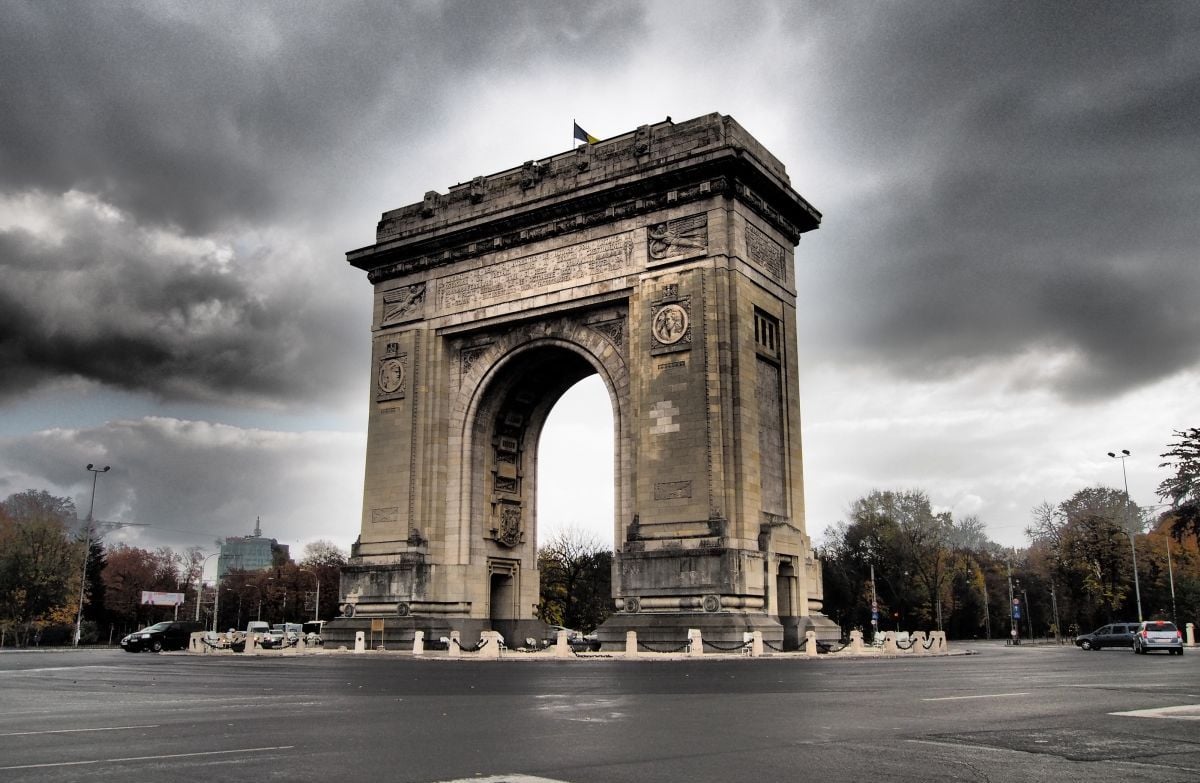
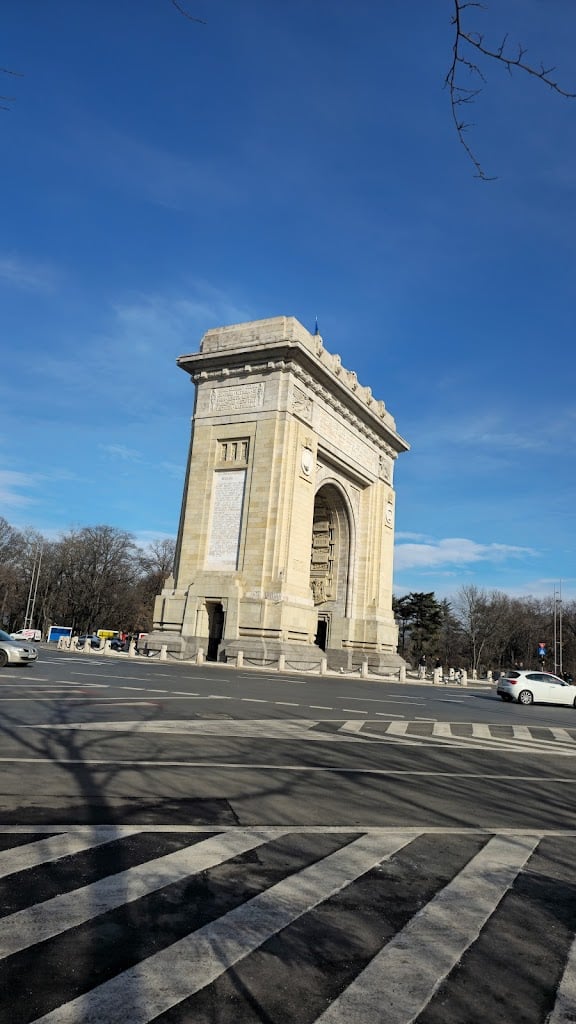
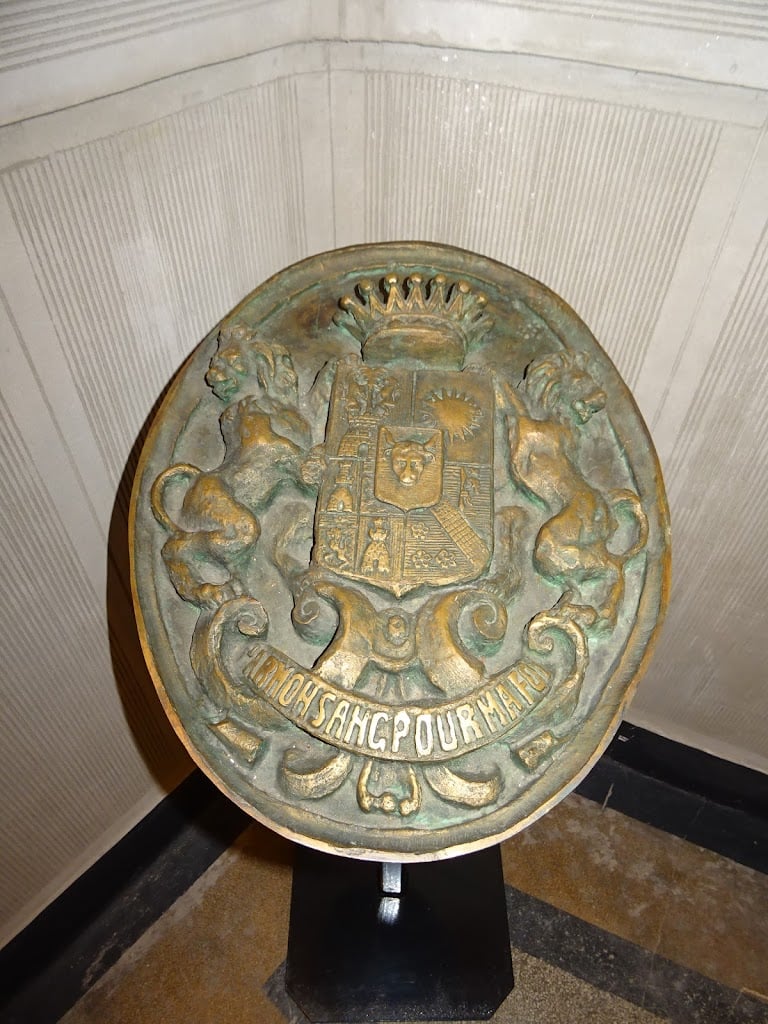
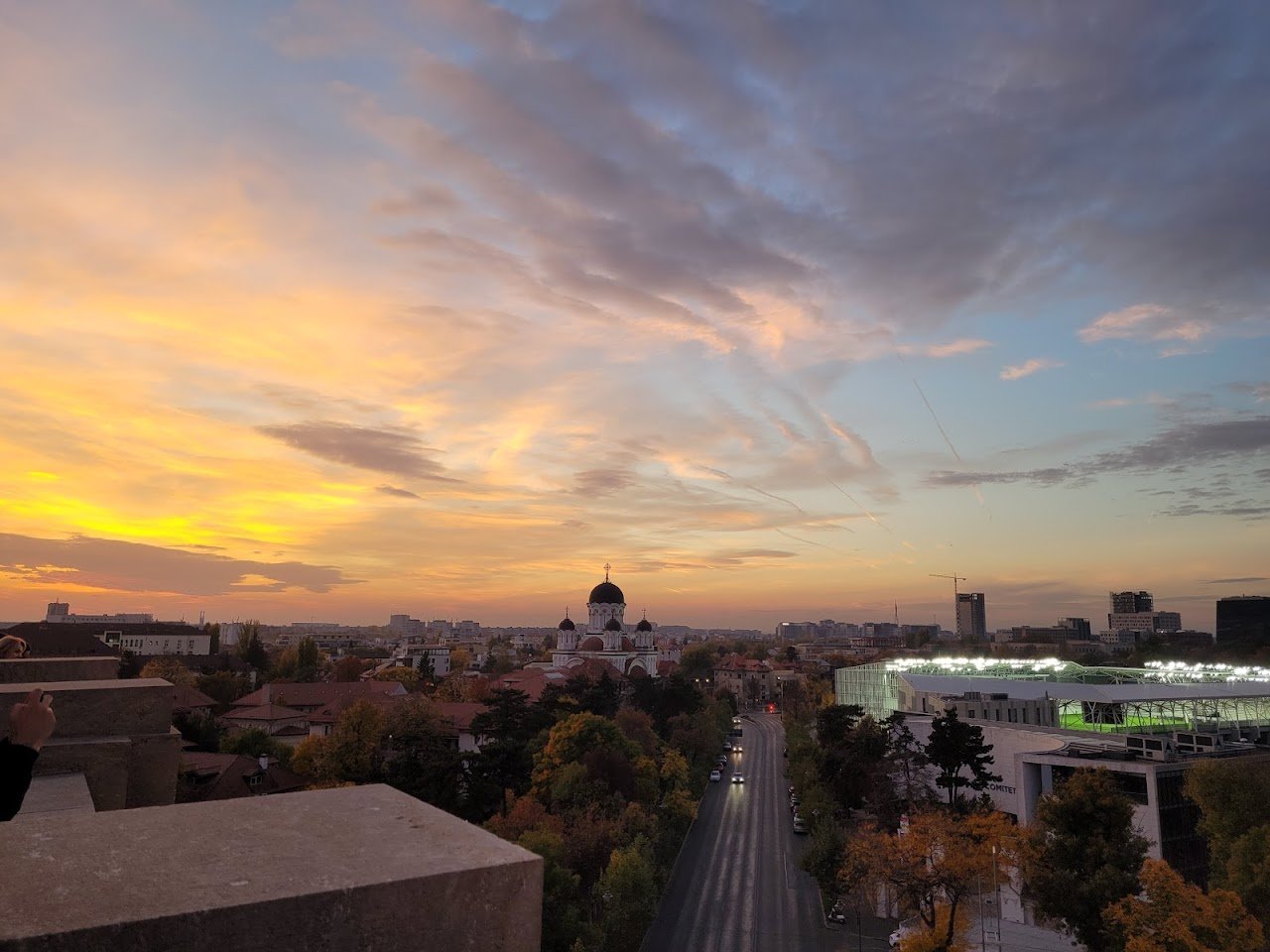
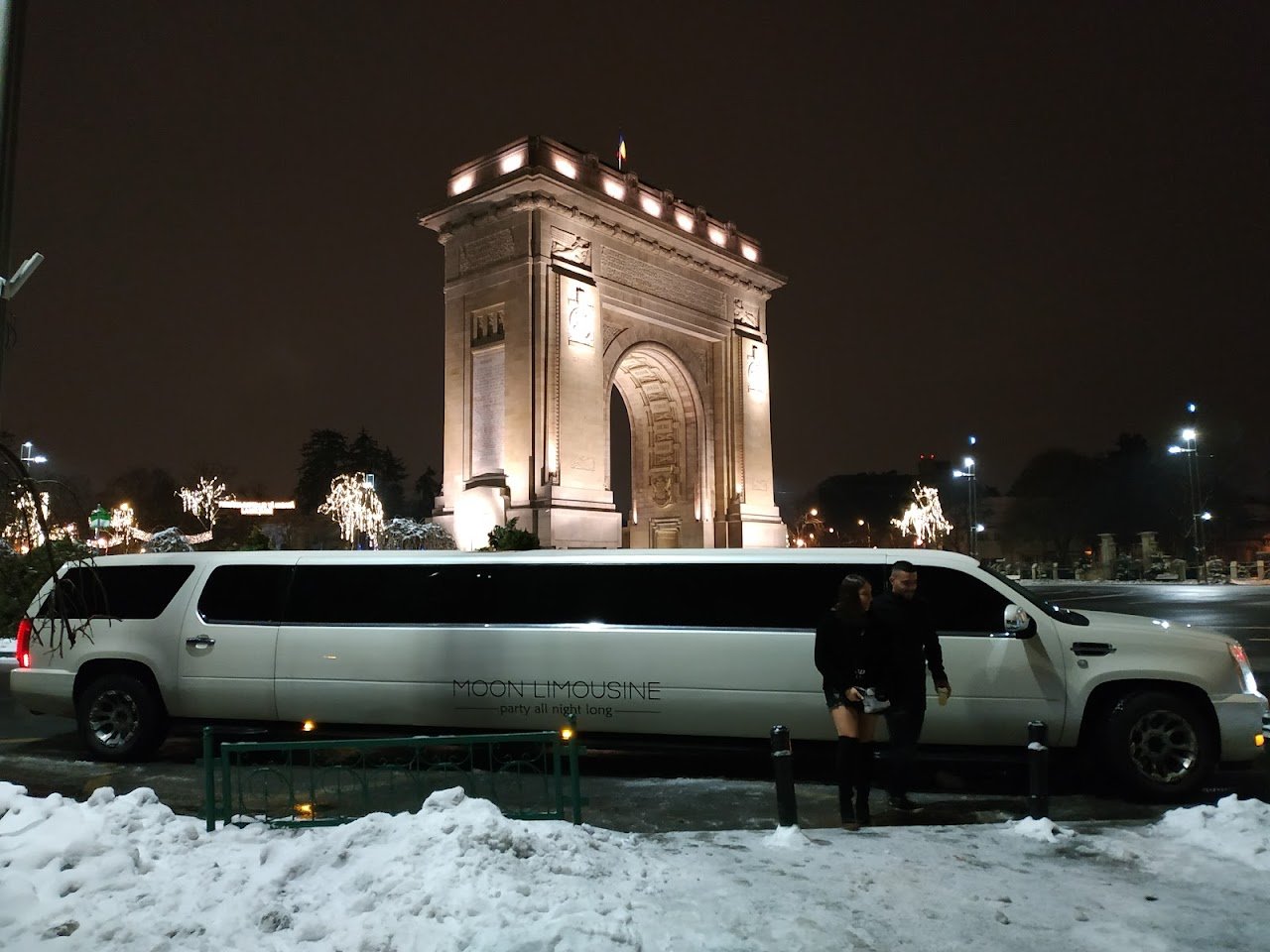
Ask ThatchGPT
Suggest a local expert to plan my trip
Suggest an unique itinerary for my Romania trip
What foods do Romania locals eat
What are some true hidden gems in Romania
Help me brainstorm trip ideas for Romania
Help me plan a family-friendly trip to Romania
What people say
Pedro Pereira
Available for hire
"The Arc de Triomphe is a monument built in 1922 in honor of the proclamation of the Union by which Romania's participation in the First World War is attested. This construction has undergone multiple transformations over the last century to reach its current state. The Arc de Triumf is located in the square of the same name in Bucharest, in sector 1, at the intersection of Kiseleff road with Alexandru Constantinescu, Alexandru Averescu and Constantin Prezan boulevards.
After the abdication of King Mihai, on December 30, 1947, Romania became the People's Republic, and the established totalitarian regime had major repercussions on the appearance of the Arc de Triomphe. Many of the panels inside the arcade bearing the names of battles from the First World War, including the White Castle, Cahul and Budapest, were covered with masonry. The marble effigies of King Ferdinand and Queen Mary were each replaced with a flower carved in stone, and the proclamations inscribed on the sides of the monument were also removed.
In 1955, the Council of Ministers declared the Arc de Triomphe a cultural monument, but it was no longer but it was not cared for until the end of 1981.
After the fall of communism, in 1989, the significance of the building was revealed again, and on December 1, 1990, the Romanian army restarted the tradition of parading under the Arc de Triomphe. The bronze medallions with the faces of King Ferdinand and Queen Maria resumed their positions in place of the two flowers, as did the inscriptions on the sides of the monument and under the arch.
The monument has a small museum within it that can be visited on Romania's National Day or on the occasion of other important events. There are four permanent exhibitions in the museum: "The Great Union of 1918", "The Arc of Triumph in Images", "The Great War of National Reunification" and "The Heraldry of the Great Boyerist Families"."
Pierluigi Tucci
Available for hire
"Located north of Bucharest on Kiseleff Road, the Arcul de Triumf is an ornate decorative arch that rises 27 meters above the ground. It is located in
one of the busiest areas in Bucharest and is surrounded by a huge roundabout, so you will definitely see it sooner or later. His
facade is covered with elaborate sculptures built by famous Romanian artists such as Ion Jalea and Dimitrie Paciurea, and contains a staircase that
it allows you to access the top and admire spectacular panoramic views of the city.
Designed by the famous Romanian architect Petre Antonescu and similar to the iconic French Arc de Triomphe in Paris, the triumphal arch you see
today it is not the same one that was first built in 1878 for a military parade celebrating Romania's independence.
This initial arch was entirely made of wood, and was later demolished to make way for a second in 1922 to commemorate the
Romanian victims of the First World War. Again, it was demolished in 1935 and rebuilt in 1936. This is the arch you will find
Today.
The Arcul de Triumf is best known for its annual December 1st military parade celebrating the unification of Romania
1918, in which the constituent territories of Transylvania, Burkovina and the Old Romanian Kingdom were reunited to form the Great
Romania. This is one of the liveliest times of the year in the city, with jubilant flag-waving citizens flooding the streets for
participate in the celebrations.
Bucharest's majestic Arcul de triomf has become an iconic symbol of Romania's national pride. Its decorative beauty
does justice to the nation's long and fascinating history. Definitely worth a careful inspection"
Read more in:
Heather Galea
Available for hire
"The Triumphal Arch in Bucharest is an iconic landmark that celebrates Romania’s independence and military victories. Originally built in 1922 and later renovated in the 1930s, it stands 27 meters tall, inspired by Paris’s Arc de Triomphe. Located on Kiseleff Road, the arch is adorned with intricate sculptures and inscriptions honoring Romania’s heroes. Visitors can climb to the top for panoramic views of Bucharest's surrounding areas, especially during national celebrations when it becomes a focal point for parades and festivities. The Triumphal Arch symbolizes national pride and is a must-see for those exploring Romania’s capital."
Mentioned in these guides
About The Triumphal Arch
Get the inside scoop on The Triumphal Arch from local experts, travel creators, and tastemakers. Browse genuine trip notes, The Triumphal Arch reviews, photos, travel guides, and itineraries from real travelers and plan your trip with confidence.
Website
Phone
Save this spot for later or start mapping out a new trip today
Try our AI Travel Assistant and get instant answers to any questions about your trip.
Ask ThatchGPT


